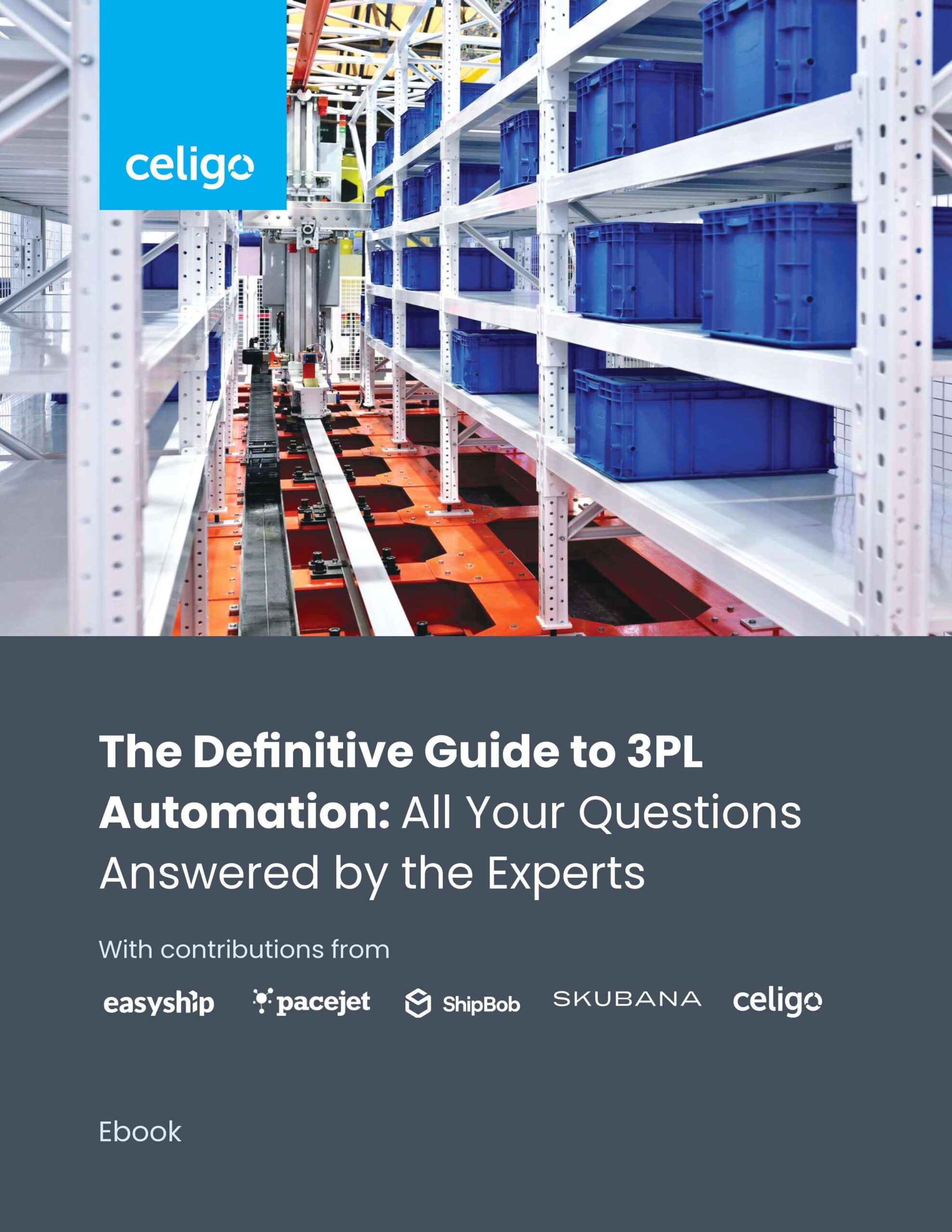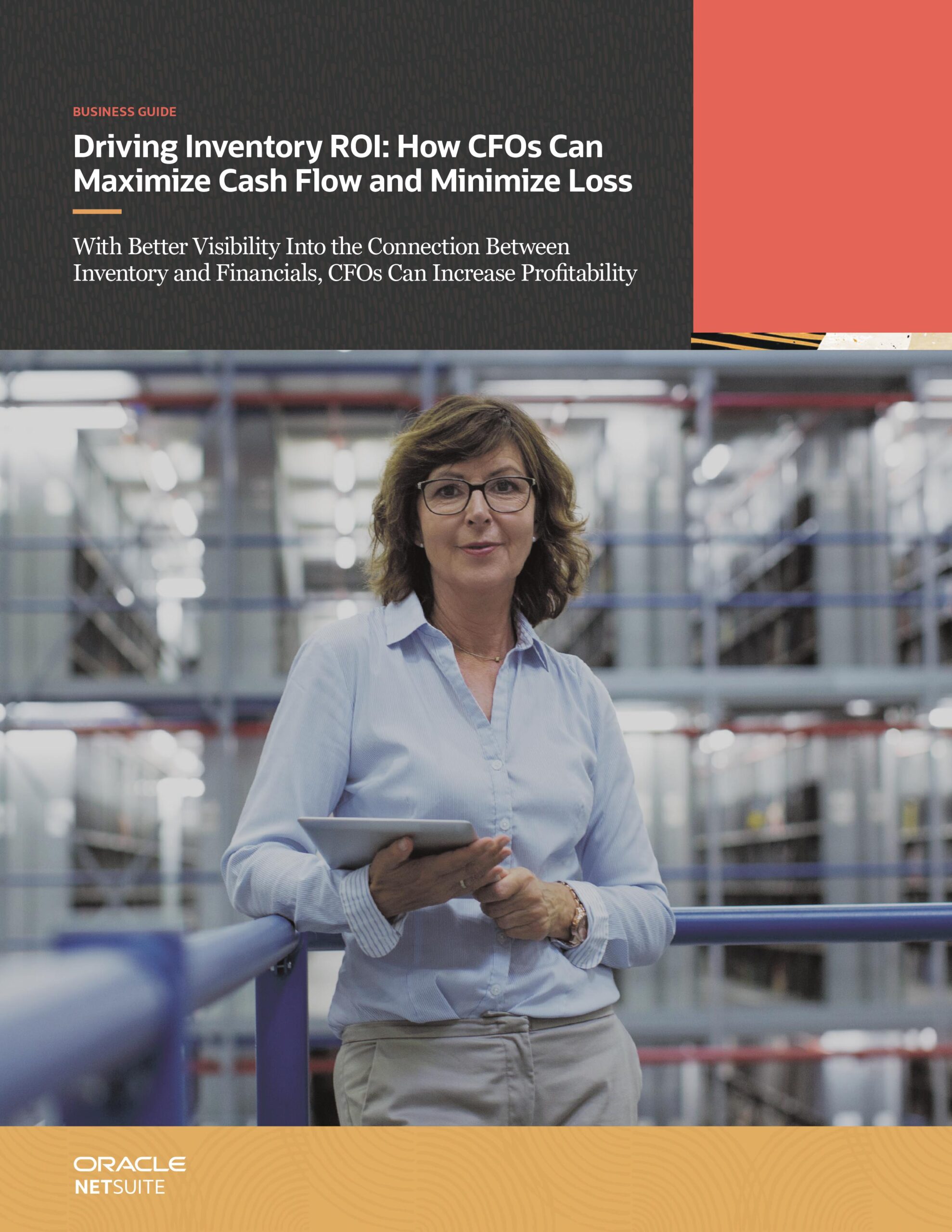
Home / Articles
The Definitive Guide to Integration Best Practices for Optimizing 3PL Management
3PL (third-party logistics) an organization’s use of outsourced distribution, warehousing, and/or order fulfillment services as part of its supply chain
Introduction
From inventory warehousing to transporting deliveries, many retail, wholesale and manufacturing companies rely on 3PLs in a variety of areas to help shoulder their heavy load. Oftentimes, these businesses choose to outsource order fulfillment to 3PL warehouses or in conjunction with their own warehouses to free up valuable time and capital. The logistical expertise, vast resource network, and scalability of these third-party partners are invaluable to the supply chain.
However, managing 3PLs without an automation and integration strategy can introduce overlooked
difficulties to your organization’s logistics, such as:
- Lack of real-time visibility across all warehouses
- Stock-outs, delayed procurement, and lost revenue
- Mistakes and holdups in order fulfillment from manual processes
- Unhappy, frustrated customers due to shipping delays and errors
What makes this situation even more difficult is there isn’t a universal integration solution because every 3PL operates differently. Custom development for addressing these concerns can be expensive and requires technical know-how, so creating a plan and identifying the right solution is crucial for your business’ success.
In this eBook, we’ll discuss the following topics to help you efficiently manage your 3PL operations through automation and integration:
- Examples of 3PL management challenges
- Benefits of automating and integrating your 3PL business processes
- Best practices for 3PL integration
- Ideal qualities for your integration solution
- First-hand experiences with 3PL automation
Common 3PL Management Challenges
While 3PL providers offer many perks, some unique pitfalls can arise when incorporating these partners into your operations. Here are some excerpted responses from fulfillments and logistics experts regarding typical challenges when working with a 3PL:
“The first challenge is the initial set up costs. Business owners need to properly budget for this transition to keep their finances sound. The most significant upfront cost will be arranging a freight shipment and notifying the fulfillment center with an ‘advanced shipping notice’ (ASN), a form that describes what items you’re shipping, the quantity to be shipped, and other simple attributes.”
“One of the top challenges in working with 3PLs is managing the information flow that makes up the lifecycle of an order. In an ideal world, the shipper is able to electronically submit orders directly to the 3PL’s system and have real-time visibility on the order status from fulfillment through delivery, as a result of updates from the 3PL system back to the shipper. It’s also beneficial if the 3PL can provide the shipper with a portal, where they can enter one-off orders for processing, and also receive status messages back.
In reality, not all 3PLs have the systems capability to provide this level of automation and visibility to the shipper. As a result, requests for service are handled via phone, email, fax, etc., and reporting can also be cumbersome. The 3PL may be manually processing and compiling summary reports for you, and you may not know it.”
“Common challenges merchants have with a 3PL include:
- The 3PL is messing up orders or has too many errors that they don’t make right.
- The 3PL is not advancing and improving or thinking ahead.
- You’ve outgrown the 3PL (e.g., your order volume is growing fast and they can’t help you hit the next level of scale; they only have one location or a couple fulfillment centers).
- You have to rely on them to make changes for you (a 3PL should help you be selfsufficient and remain in control of your fulfillment, even if it’s not happening within your hour walls).
- Their technology is archaic (a 3PL’s technology should offer more than a basic portal and integration with your ERP or OMS. Companies today need a foolproof way of offering bundles, managing subscriptions, and merging duplicate SKUs across channels with the right backend logistics to round out the commerce tech stack).
- The 3PL’s fulfillment pricing and cost structure can be confusing with hidden costs that add up quickly.
- You get what you pay for and, often, the cheapest 3PL is not going to be the best.”
“Initially, the problem with 3PLs is scale. You need to have a lot of order volume to make hiring a third-party logistics provider profitable for your bottom line. The next challenge is when you start going direct-to-everywhere and you start becoming omnipresent. It’s hard for 3PLs to throttle between direct-to-consumer fulfillment, B2B selling to big box retailers, and FBA prep, which is required to get your product into the Amazon Fulfillment Center.
Another challenge is simply finding a 3PL that meets your unique business requirements. Some 3PLs specialize in low-touch or high-touch services. Some of them focus on furniture, which can be hard to transport, or dietary supplements, which require temperature controlled units. It’s really important to have all of your data unified and all of your requirements properly documented to ensure a successful partnership.










